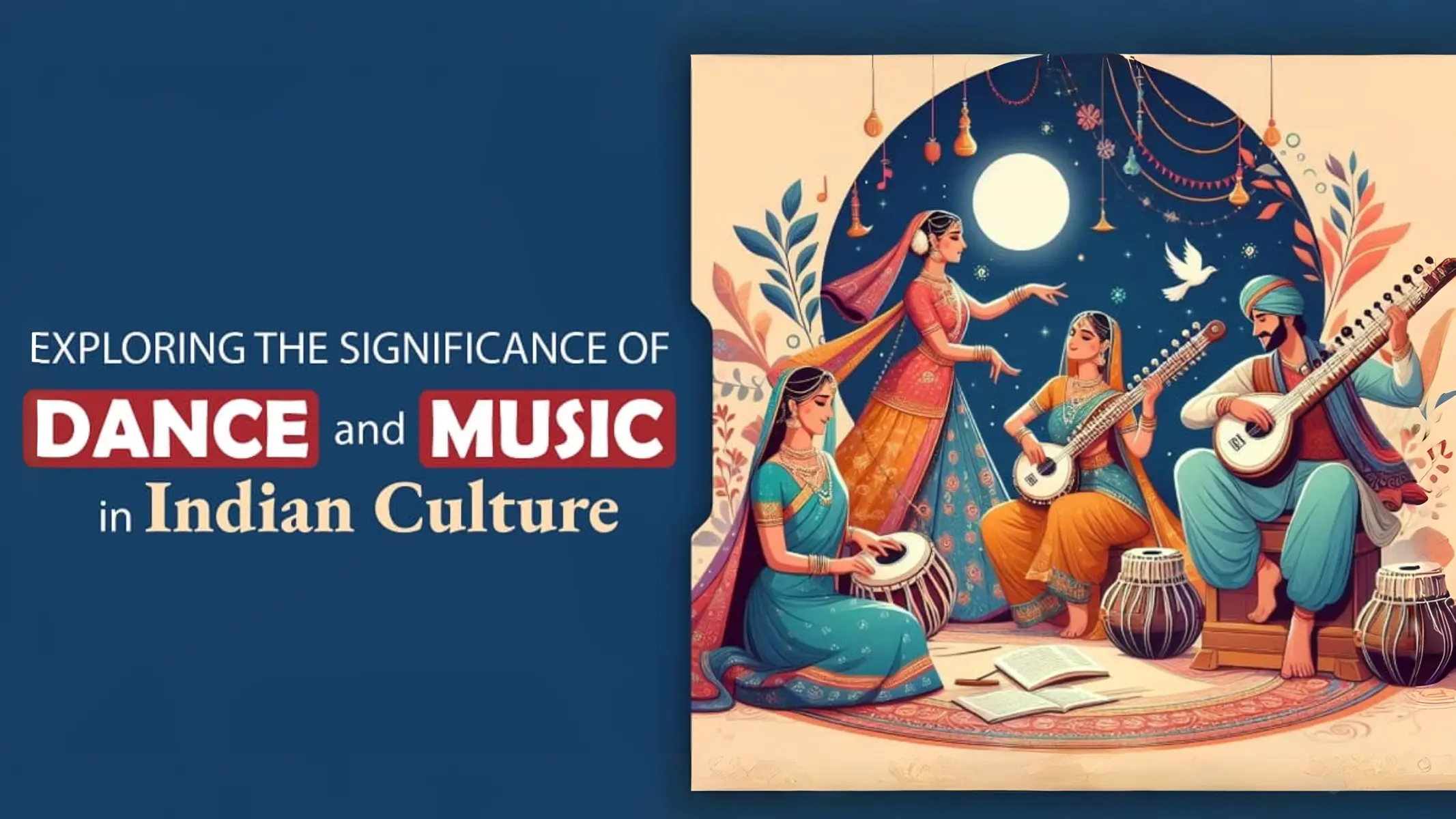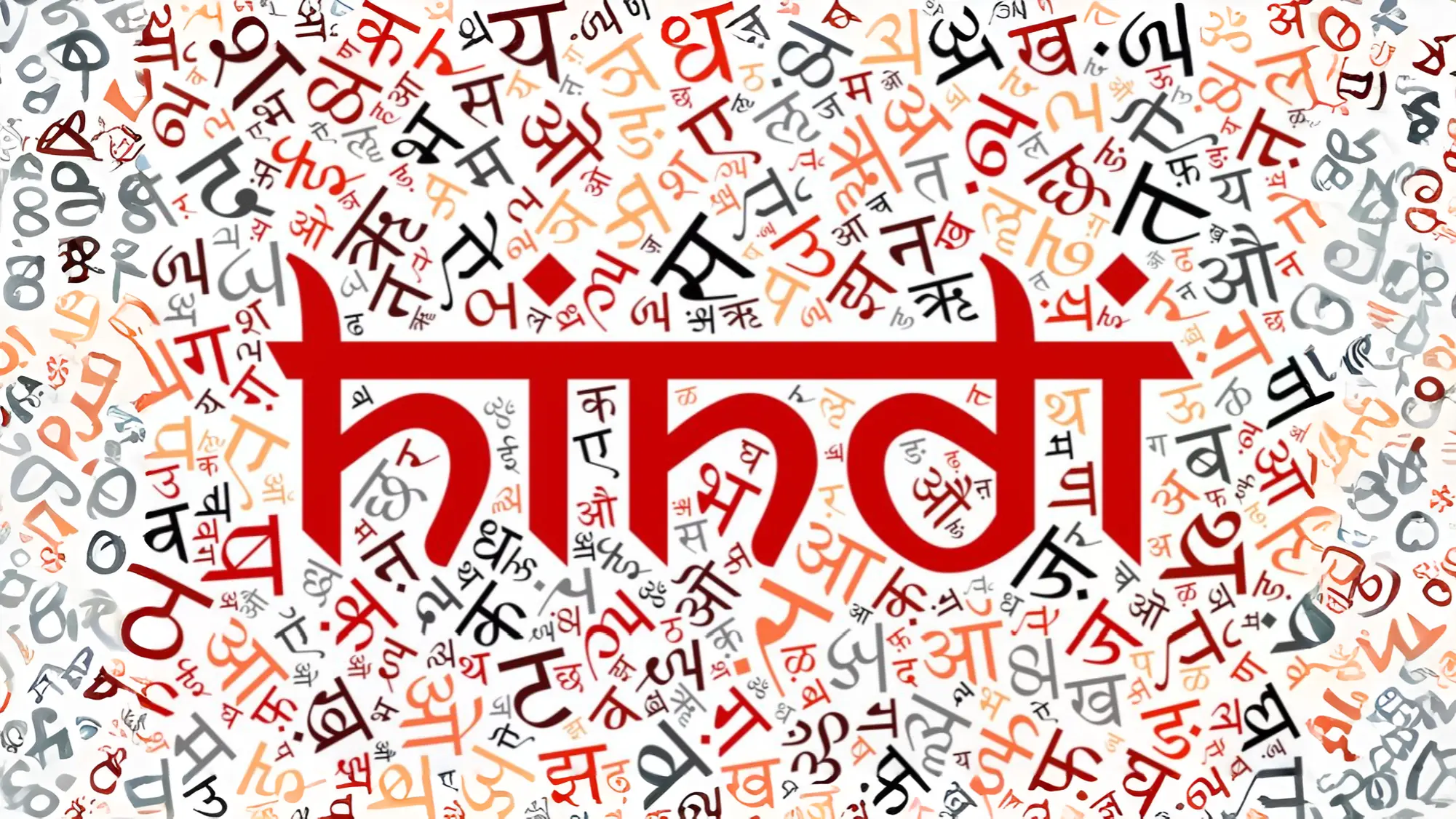
Can You Name These 10 Animals In Hindi And English?
- 30 Jan 2025
- Language
Animals play a significant role in our lives and ecosystems, and knowing their names in different languages enriches our understanding. In this post, I invite you to test your knowledge as I present a list of 10 fascinating animals along with their names in both Hindi and English. Whether you're a language enthusiast or an animal lover, you’ll find this challenge both fun and educational! Can you name them all? Let’s dive in and find out!
Key Takeaways:
- Bilingual Learning: The quiz encourages understanding and identification of animals in both Hindi and English.
- Cultural Connection: Learning animal names in different languages fosters a deeper appreciation for cultural diversity.
- Language Skills: It enhances vocabulary and language skills among learners, promoting bilingualism.
Dog
While many of us consider dogs to be our best friends, they also hold a significant place in various cultures across the globe. Known for their loyalty and companionship, dogs come in various breeds and sizes, making them one of the most popular pets worldwide. I often find that understanding their behavior and communication can enhance the bond between you and your furry friend.
कुत्ता (Kutta)
Clearly, the word for dog in Hindi is 'कुत्ता' (Kutta), which reflects the deep-rooted affection and necessity of this animal in Indian households. As a beloved pet and a valued working animal, dogs have found a special status in households across India. You might notice that owning a कुत्ता can bring joy, security, and an unbreakable bond.
Canine
Assuming you are interested in the larger category, canines represent a versatile family of animals that includes not only domestic dogs but also wolves, foxes, and other wild species. Understanding canine behavior is important, whether you are training your pet or observing them in the wild. Their social structure often influences their interactions, and I find it fascinating how this can affect their relationships with humans.
Any dog or canine can offer a myriad of benefits, from emotional support to protection. I appreciate the joy they bring, yet it's important to be mindful of their instincts. While most are friendly, some breeds may exhibit territorial or aggressive behavior if not properly trained. Always prioritize understanding their needs to foster a positive relationship and ensure a safe environment for you and your loved ones.
Cat
Even though cats have been companions to humans for thousands of years, they remain enigmatic creatures. Their independence and playful nature make them fascinating pets, as they blend affection with an air of mystery. In various cultures, they symbolize different things, from luck to curiosity. Understanding their behavior and needs can help you form a deeper bond with your feline friend.
बिल्ली (Billi)
Any discussion about pets in India would be incomplete without mentioning the बिल्ली, or cat. They are commonly seen in homes, often valued for their companionship and ability to control pests. In many households, they are treated as family members, showcasing their importance in everyday life.
Feline
With a wide range of breeds and personalities, felines offer you a unique experience as a pet owner. Each cat has its own quirks, which can include playful antics or a penchant for lounging in sunlit spots. It's important to recognize their predatory instincts as well, as they retain their hunting nature. Providing a stimulating environment ensures they stay active and engaged.
Billi, or the cat, belongs to the feline family, which is known for its agility and grace. These animals are not only skilled hunters but also bring joy to their owners with their playful demeanor. While they are relatively low-maintenance, it's imperative to provide them with proper care, including a balanced diet and regular veterinary check-ups. Cats can also form strong bonds with their humans, often displaying affection through purring or kneading. To ensure a fulfilling relationship with your cat, I always encourage understanding their behavior and giving them space when needed.
Elephant
Your knowledge of animals expands as we explore the elephant, one of nature's most magnificent creatures. Known for their incredible intelligence and strong social bonds, elephants have captivated people around the world. In addition to their impressive size, they play a vital role in the ecosystem as both herbivores and seed dispersers, shaping their habitats in ways many other animals cannot.
हाथी (Hathi)
For many in India, the elephant, or हाथी (Hathi), holds cultural significance and is often associated with wisdom and strength. These gentle giants not only feature prominently in mythology and folklore but are also revered as symbols of good luck and prosperity. In various festivals, elephants are adorned with vibrant decorations, showcasing their beauty and connection to human traditions.
Largest Land Animal
One must acknowledge that elephants are the largest land animals on our planet. Their impressive stature, with males averaging between 10 to 13 feet tall and weighing between 5,000 to 14,000 pounds, makes them a sight to behold. As herbivores, they consume vast amounts of vegetation daily, which aids in maintaining the health of their ecosystems. Their presence helps to sustain biodiversity, as they create pathways and clearings that benefit numerous other species.
You can appreciate the enormity of elephants not just in size but also in their impact on the environment. Their ability to consume large quantities of grass, leaves, and bark allows them to shape their landscapes, fostering growth in plants that thrive after being felled. Unfortunately, they face threats from habitat loss and poaching, which puts their survival at risk. By advocating for conservation efforts and supporting wildlife protection initiatives, you can contribute to ensuring that these majestic creatures continue to roam our earth for generations to come.
Tiger
All around the world, the tiger is recognized as one of the most iconic animals. Known for its striking orange coat with bold black stripes, the tiger symbolizes strength and grace. In Hindi, the tiger is referred to as 'बाघ (Bagh)', highlighting its significance in Indian culture and wildlife. As an apex predator in its habitat, the tiger plays a vital role in maintaining the balance of ecosystems across Asia.
बाघ (Bagh)
Now, let's probe deeper into the world of the बाघ (Bagh). This majestic creature is considered a national symbol in India and is celebrated in numerous folklore and tales. The presence of tigers in our wildlife signifies not just biodiversity, but also the health of the entire ecosystem. Conservation efforts for the बाघ are crucial for preserving our natural heritage.
Majestic Predator
Clearly, the tiger stands out as a majestic predator, revered for its sheer power and agility. Often regarded as the king of the jungle, it possesses a remarkable ability to adapt to various environments, from the lush jungles of India to the snowy landscapes of Siberia. With a strong bite force and stealthy hunting skills, the tiger is equipped to take down large prey, showcasing its place at the top of the food chain.
Majestic in every sense, the tiger embodies the essence of raw power and beauty in nature. Its intelligence and solitary behavior make it a skilled hunter, navigating through its territory with exceptional stealth. With around 3,900 tigers remaining in the wild, their conservation is imperative for ecological balance. Protecting tigers contributes not only to the preservation of various species but also serves as a beacon for wildlife conservation efforts across the globe.
Lion
Despite its majestic presence, the lion is often misunderstood. As a symbol of strength and power, the lion holds a significant place in various cultures. Found primarily in Africa and a small population in India, these magnificent creatures are social animals that thrive in groups called prides. With their distinctive manes and impressive roars, lions are not just fascinating to observe but also play a vital role in their ecosystems.
शेर (Sher)
Assuming you are familiar with the term 'शेर', it refers to the lion in Hindi. This word embodies the very essence of this majestic animal, which is often associated with bravery and courage in Indian culture. The rich history of lions has embedded them in various myths, legends, and stories across the country, making them an emblem of regality and strength.
King of Jungle
An interesting fact about the lion is its title as the "King of the Jungle." While they predominantly reside in grasslands rather than jungles, this title underscores their dominance in the wild. This nickname reflects their status as apex predators, respected and feared by other animals. Lions exhibit remarkable social behavior, hunting collaboratively, which contributes to their success as fierce hunters. With their powerful build and strategic intelligence, they are capable of taking down large prey, ensuring their position at the top of the food chain.
Monkey
Not every encounter with a monkey is a blessing; these intelligent creatures can sometimes exhibit aggressive behavior if threatened or cornered. Their playful antics and social dynamics are fascinating, but they can also pose challenges in certain environments, especially when they invade human spaces. Monkeys are known for their adaptability and intricate communication, making them one of the most captivating animals across the globe.
बंदर (Bandar)
Assuming you’ve seen a bandar, you might have noticed that they are incredibly social animals, often seen swinging through trees or foraging for food in groups. In Indian culture, they hold a special place, often depicted in folklore and revered for their cleverness and agility. Their presence can evoke a range of emotions, from delight to annoyance, especially when they take an interest in human belongings.
Primate
On the topic of primates, monkeys belong to this fascinating order of mammals that include apes and humans. They are characterized by their opposable thumbs, complex behaviors, and social structures. Monkeys, as primates, show remarkable intelligence and problem-solving abilities. In fact, many species have been observed using tools, which indicates a level of cognitive function that is quite advanced. However, their interactions with humans can sometimes lead to conflicts, particularly in urban areas where they might seek food or shelter. Understanding their needs and behaviors is imperative for coexisting peacefully.
A variety of primates exists, each with unique traits and characteristics that make them exceptional. For instance, the Capuchin monkeys are known for their intelligence and use of tools, while the Baboon is known for its social structure and adaptability. Furthermore, primates play a significant role in their ecosystems, and their conservation is important not just for their sake but for maintaining the biodiversity of their habitats. By appreciating these animals, you can contribute to their protection and understand the complex relationships they maintain both within their groups and with their environment.
Bird
Many people are fascinated by the beauty and diversity of birds. They come in various shapes, sizes, and colors, each exhibiting unique behaviors and habits. Birds play an vital role in our ecosystem, from pollination to pest control. In this blog post, I will challenge you to identify ten birds in both Hindi and English, enriching your vocabulary while celebrating these incredible creatures.
पक्षी (Pakshi)
Assuming you are familiar with the term 'पक्षी' (pakshi), which means 'bird' in Hindi, let's explore some common species found in India and their English counterparts. By learning names in both languages, you expand your linguistic skills while deepening your appreciation for these winged wonders.
Flying Animal
If you’ve ever looked up at the sky, you’ve likely seen flying animals soaring gracefully above. These creatures are primarily represented by birds, each equipped with unique adaptations that allow them to navigate the air with skill.
You can find yourself captivated by the incredible world of birds as they display remarkable migration patterns, and their ability to cover vast distances is nothing short of impressive. Some species, like the peregrine falcon, are even the fastest animals on the planet, capable of reaching speeds over 240 mph. On the positive side, many birds contribute greatly to pollination and seed dispersal, helping maintain healthy ecosystems. However, it’s vital to acknowledge that some birds can be dangerous, as their powerful beaks and claws can cause harm if provoked. Understanding birds enhances our awareness of the natural world, making our observation of these flying animals all the more enriching.
Fish
After exploring various animals, it's time to investigate the world of fish. These fascinating aquatic creatures come in countless species and display a vibrant array of colors and shapes. They inhabit oceans, rivers, and lakes around the world. Fish are not just an imperative food source; they also play vital roles in aquatic ecosystems. Can you identify them in both Hindi and English?
मछली (Machhli)
On discussing 'मछली', it's vital to appreciate their significance in Indian culture and cuisine. In Hindi, 'मछली' symbolizes nourishment and is often a staple dish in various regions. From curries to fried delicacies, I find the diversity in its preparation both intriguing and delicious!
Aquatic Creature
Fish are remarkable aquatic creatures that have adapted to live underwater. They possess gills for breathing and fins for steering, which makes them unique among other animals. Their habitats range from tranquil freshwater lakes to the vastness of the ocean, showcasing a variety of species with different features.
For instance, some species like the great white shark can be quite dangerous to humans, while others, like the clownfish, are known for their vibrant colors and symbiotic relationships with sea anemones. Additionally, many fish play a vital role in maintaining healthy aquatic ecosystems, proving to be beneficial to both the environment and human life. By understanding these aquatic creatures, we can better appreciate their role in our world.
Horse
To many, the horse represents freedom, strength, and beauty. This majestic animal has been a companion to humans for centuries, playing significant roles throughout history in warfare, agriculture, and transportation. With various breeds ranging from the swift Thoroughbred to the sturdy Clydesdale, horses have adapted to diverse environments and tasks. Understanding the horse, both in Hindi and English, broadens your appreciation of this magnificent creature and its impact on human culture.
घोड़ा (Ghoda)
Assuming you are familiar with the cultural significance of horses, you’ll find that the word “घोड़ा” (Ghoda) is deeply embedded in Hindi literature and folklore. Horses symbolize power and nobility, often gracing the pages of ancient texts and stories. In India, horses have traditionally been used in various ceremonies, showcasing their importance through time.
Hooved Mammal
One of the defining features of a horse is that it is a hooved mammal. These animals are part of the family Equidae, which includes zebras and donkeys. Their unique hoof structure enables them to run swiftly and traverse different terrains. Moreover, horses have adapted both physically and behaviorally, making them remarkable companions and athletes.
Ghoda, or horses, are incredibly intelligent and can form strong bonds with humans. They possess a keen sense of social hierarchy, which allows them to interact uniquely within herds. Moreover, their ability to learn and remember commands makes training them an engaging process. When properly cared for, horses can become loyal companions, contributing to therapeutic programs and various equestrian sports that enhance the quality of life for many people.
Cow
Once again, we explore into the world of animals, this time focusing on the gentle and yet vital creature, the cow. Known for its significance in various cultures, particularly in India, the cow is revered not only as a source of milk and other dairy products but also for its role in agriculture and spirituality. Its calm demeanor makes it a beloved animal in many households, providing sustenance and companionship alike.
गाय (Gaay)
One of the most prominent animals in Hindi culture, गाय (Gaay) symbolizes nourishment and abundance. In many Indian households, the presence of a cow is seen as a sign of prosperity. This animal is more than just a farm staple; it represents a connection to agricultural traditions and holds a sacred position in many religious practices.
Domesticated Ruminant
There's no denying that the cow is an integral part of agriculture as a domesticated ruminant. Known for its ability to convert grass and forage into high-quality protein through its unique digestive system, the cow plays an vital role in sustainable farming. As well, it provides manure that enriches soil, supporting crop growth, which is beneficial for your agricultural practices.
A cow is far more than just a source of milk; it embodies the connection between humans and nature. Its presence can lead to enhanced soil fertility and sustainable farming practices. However, cows must be managed properly to avoid potential issues like disease transmission, which can endanger both animals and humans. They carry the potential for dispute, particularly in relation to land use and cultural practices. Thus, understanding the balance of benefits and challenges associated with keeping cows is vital for maintaining healthy agricultural systems and ensuring you can reap the positive rewards they offer.
Conclusion
From above, you can see that mastering the names of these ten animals in both Hindi and English enriches your language skills and understanding of different cultures. I encourage you to practice these names, as they add diversity to your vocabulary and can enhance your conversations. Whether you're learning for travel, education, or personal interest, expanding your knowledge in this area is beneficial. So, how many of these animals can you now confidently name in both languages? Keep exploring and expanding your linguistic abilities!
FAQ
Q: Why is it important to learn animal names in both Hindi and English?
A: Learning animal names in both Hindi and English can enhance bilingual communication skills and cultural understanding. It provides a better grasp of both languages and can be beneficial for students, travelers, or anyone interested in animals. Knowing the names in different languages also aids in expanding one's vocabulary and can be useful in various contexts, such as education or business.
Q: Can you provide examples of some common animals in Hindi and English?
A: Certainly! Here are a few examples:
- Dog - कुत्ता (Kutta)
- Cat - बिल्ली (Billi)
- Horse - घोड़ा (Ghoda)
- Elephant - हाथी (Hathi)
- Bird - पक्षी (Pakshi)
These examples illustrate how the same animal can be referred to differently depending on the language used.
Q: How can I practice naming animals in Hindi and English?
A: There are several engaging ways to practice animal names in both languages:
- Use flashcards with images of animals on one side and their names in Hindi and English on the other.
- Watch educational videos or shows focused on animals that provide names in both languages.
- Engage in conversations with friends or family members who know both languages and quiz each other on animal names.
- Participate in language exchange meetups where discussing animals can be a fun topic.
These methods can make learning enjoyable and help reinforce knowledge through interactive practice.
Article by - MySuperGuruCookies Consent
This website use cookies to help you have a superior and more relevant browsing experience on the website. Read more...




